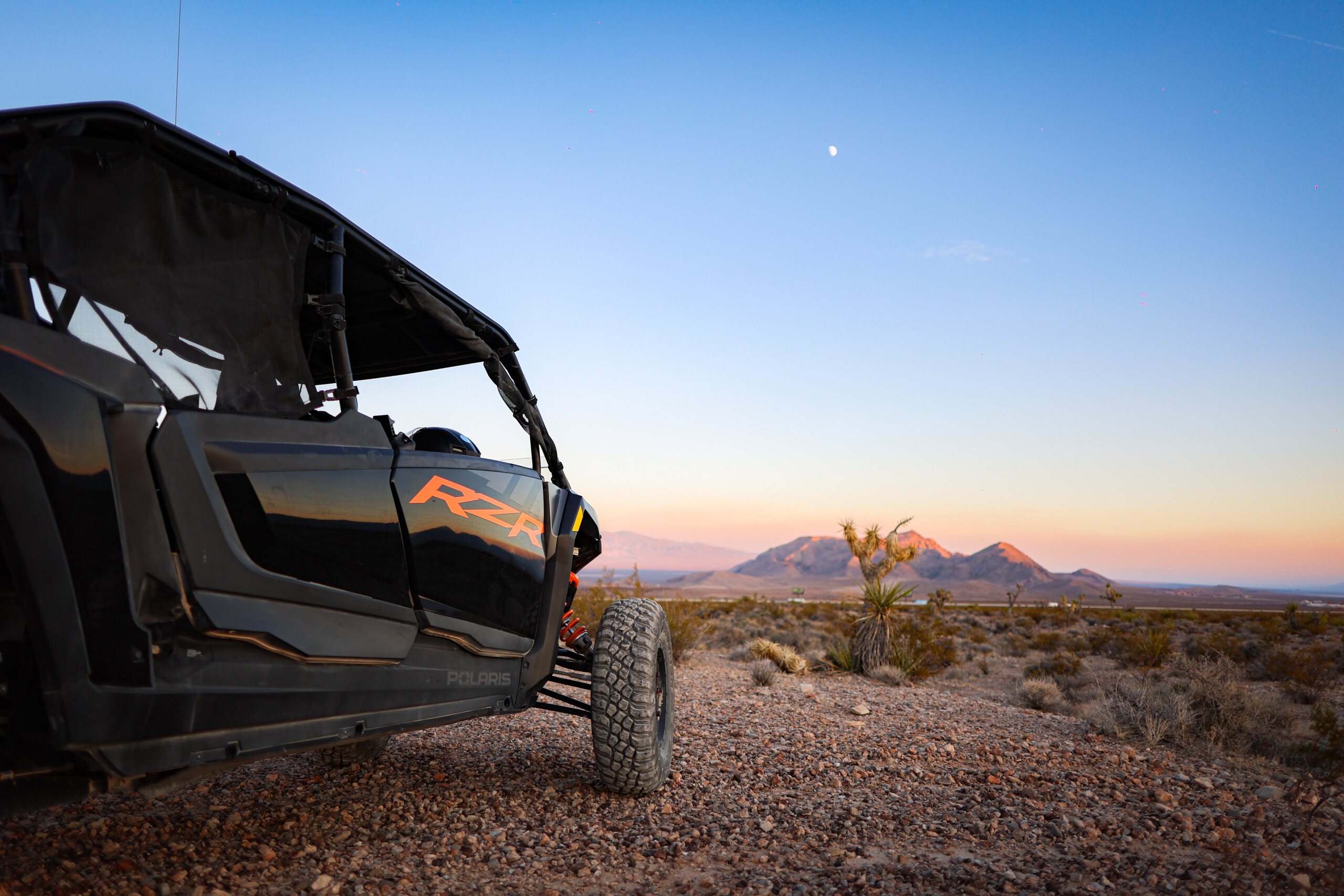Golden Hours and Ghost Towns: Stories from the Mojave’s Edge
There’s something hauntingly beautiful about Mojave Desert ghost towns. As the golden hour light spills over the barren hills and abandoned shacks, you can almost hear echoes of the past whisper through the dry desert air. These places, once full of life, now stand still under the Mojave sun, holding stories of fortune, loss, and resilience.
The Mojave Desert, sprawling across California, Nevada, Utah, and Arizona, has witnessed the rise and fall of hundreds of mining settlements. Many of these towns disappeared as quickly as they emerged when the gold ran dry or the railroad moved elsewhere. Today, exploring them isn’t just a trip through history—it’s an experience that connects you to the soul of the American West.
(Learn more about the Mojave’s protected areas on the National Park Service website).
1. The Rise and Fall of Desert Dreams
During the late 1800s, the Mojave became a land of opportunity for miners chasing silver, gold, and copper. Each discovery sparked a rush that transformed empty valleys into thriving communities overnight. Yet, as with many tales of fortune, the glory didn’t last.
The economy of these Mojave Desert ghost towns depended entirely on mineral wealth. When the veins ran out, so did the people. Buildings were left behind—post offices, saloons, and small wooden homes—all now sun-bleached reminders of dreams that faded into dust.
You can still visit many of these abandoned sites today, some preserved for history and others left untouched. One of the most famous examples is Calico Ghost Town, now a historical park near Barstow, California, where visitors can wander through restored structures and old mining shafts.
(Read more about Calico’s preservation at San Bernardino County Parks).
2. Goldfield and Rhyolite: Legends in the Sand
Among the most captivating Mojave Desert ghost towns, Goldfield, Nevada, and Rhyolite, just outside Beatty, stand out for their incredible stories.
Goldfield once housed over 20,000 residents during its peak around 1906. It was a city of opulence in the desert, boasting hotels, newspapers, and electric lights. But within a decade, fires and dwindling ore turned it into a shell of its former self.
Rhyolite’s story mirrors Goldfield’s. Founded in 1904, it grew rapidly thanks to gold discoveries in the Bullfrog Hills. In just five years, it had electricity, concrete buildings, and even an opera house. Yet, by 1920, the population had dropped to zero.
These towns are still open to exploration. Wandering through their ruins, you can sense the echo of human ambition against the stark desert landscape.
3. The Beauty of Decay: Why We’re Drawn to the Desert’s Ruins
The allure of Mojave Desert ghost towns isn’t just in their history—it’s in their silence. Photographers, artists, and travelers find a strange peace among the broken windows and leaning signs.
The desert’s light plays tricks on these ruins. During sunrise or sunset, the decaying wood and rusted metal glow warmly, turning what once represented failure into something poetic.
People are drawn to this aesthetic because it reflects life itself: fleeting, fragile, yet profoundly beautiful. As the sun dips below the horizon, every shadow seems to carry a memory.
4. Hidden Towns You Probably Haven’t Heard Of
Beyond famous stops like Calico and Rhyolite, the Mojave hides dozens of lesser-known relics worth exploring.
Here are a few worth adding to your bucket list:
Tecopa – Known for its natural hot springs and nearby Amargosa River.
Goodsprings – A Nevada mining town that still has a working saloon and a story tied to Clark Gable and Carole Lombard.
Nelson (Eldorado Canyon) – Offers scenic tours through old mines and film-worthy backdrops.
Cima – Once a railroad stop, now reclaimed by Joshua trees.
Each of these places reveals a different chapter of Mojave Desert ghost towns, from mining booms to wartime supply routes.
5. The Desert’s Natural Transformation
Time and weather are the Mojave’s best artists. Wind and sand have sculpted these old towns into natural galleries of decay. The blend of human structure and raw geology makes the desert a living museum.
As years pass, nature reclaims what humans built. Roofs collapse under the weight of silence, and cacti grow through forgotten doorways. This cycle of renewal reminds us that the desert, though harsh, is always alive.
For those interested in the broader geological story of the Mojave, the US Geological Survey provides incredible insights into the region’s landforms and mineral history.
6. Modern Explorers and Ethical Visiting
With social media fueling curiosity, more travelers are seeking out Mojave Desert ghost towns. But with this popularity comes responsibility.
When visiting these sites, always follow Leave No Trace principles:
Don’t remove artifacts or graffiti old structures.
Stay on designated paths to protect fragile desert soil.
Avoid visiting during extreme heat or monsoon season.
Respect ensures that future generations can experience the same sense of wonder.
If you’d like to take your exploration responsibly, companies like Vegas Off Road Tours (offroad.vegas) offer guided desert experiences that prioritize safety, sustainability, and storytelling.
7. Ghost Towns at Golden Hour
The best time to visit these ghost towns is during the golden hour, just after sunrise or before sunset. The soft light enhances textures and creates long, cinematic shadows across the landscape.
This is when photographers capture the “soul” of the desert—the time when empty streets seem alive with history. As the sky turns orange and pink, every wall, wagon, and window tells its own story.
Golden hour isn’t just a moment of light; it’s a moment of connection between past and present, nature and memory. It’s where the Mojave Desert ghost towns come alive again.
Conclusion: Where History Meets the Horizon
To stand among the ruins of the Mojave is to stand in two worlds at once—the past that built the desert and the present that keeps rediscovering it. Every abandoned town is a reminder of human endurance, creativity, and impermanence.
Exploring Mojave Desert ghost towns isn’t just an adventure. It’s a way to connect with stories written in dust and light—a living history shaped by time and silence.
Whether you’re chasing history, photography, or pure solitude, the Mojave offers an unmatched journey. So grab your camera, your curiosity, and a good guide—and let the desert tell its tales.


